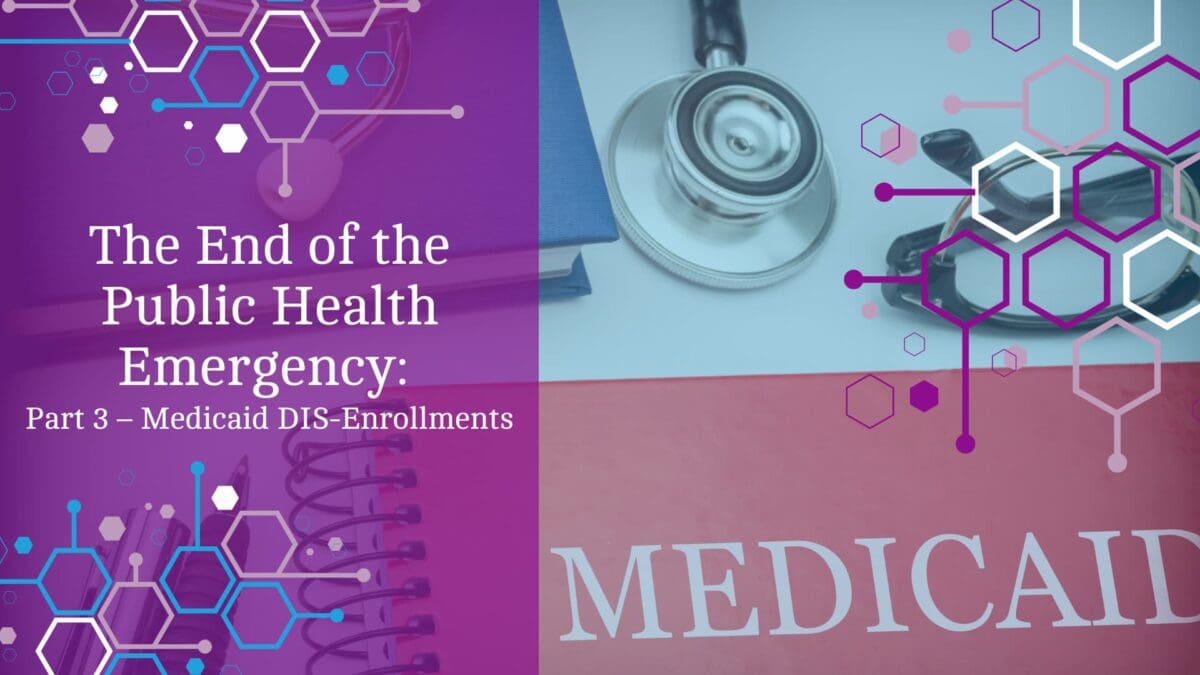In our last blog, we started the process of demystifying the complicated world of medical billing and coding. We’ve still got a bit more to go to fully provide a comprehensive guide to this field. But don’t worry–if this world seems to be a little too tough to understand on top of everything else going on in your life and in your practice, PractiSynergy is here for you. Instead of struggling to learn the process of medical billing and coding, we’re happy to handle it for you! Let’s dive in.
The Significance of Coding Systems
There are three major coding systems used in the healthcare industry:
- The International Classification of Diseases, 10th Edition (ICD-10) is used to classify diagnoses and illnesses.
- The Current Procedural Terminology (CPT) is used to describe medical, surgical, and diagnostic services.
- The Healthcare Common Procedure Coding System (HCPCS) is used to code services not covered by CPT, such as durable medical equipment and drugs.
Medical coding relies on standardized coding systems to ensure consistency and clarity in communication. The International Classification of Diseases, 10th Edition (ICD-10) categorizes diagnoses and illnesses, while Current Procedural Terminology (CPT) codes describe medical, surgical, and diagnostic services. Healthcare Common Procedure Coding System (HCPCS) codes cover services not included in CPT, such as medical equipment and drugs.
The Coding Process: Ensuring Accuracy
The coding process involves meticulous attention to detail. Coders collaborate closely with healthcare providers to gather accurate information about procedures and diagnoses. This information is then translated into the appropriate codes, which are submitted for billing. Accuracy in coding is paramount, as it directly influences the reimbursement process and prevents claim denials or underpayments.
Collaboration for Accurate Coding
Effective communication between medical coders and healthcare providers is essential for accurate coding. Coders seek clarifications when needed to ensure that codes accurately reflect the provided healthcare services. This collaboration guarantees that claims are submitted with precision, enhancing the chances of proper reimbursement.
The Medical Billing Process: Submission to Reimbursement
The medical billing process extends from claim submission to reimbursement. Medical billers play a crucial role in this journey by meticulously preparing and submitting claims to insurance companies. This process demands an in-depth understanding of insurance policies, proper documentation, and compliance with regulatory standards.
Challenges and Solutions in Billing and Coding
The realm of medical billing and coding isn’t without its challenges. Claim denials, coding errors, and communication breakdowns can hinder efficient revenue management. However, solutions exist. Thorough documentation, continuous training, and open communication between providers, coders, and billers can mitigate these challenges and optimize the revenue cycle.
Regulatory Compliance: Upholding Industry Standards
Adhering to industry regulations such as the Health Insurance Portability and Accountability Act (HIPAA) and the Stark Law is paramount. Non-compliance can lead to legal repercussions and disruptions in the billing and coding process. Ensuring patient data privacy and adhering to legal standards are critical components of the revenue cycle.
The Impact of Technology
Technological advancements have revolutionized medical billing and coding. Electronic Health Records (EHR) store patient information digitally, enhancing accuracy in documentation and coding. Automated coding tools assist coders in assigning appropriate codes efficiently. However, maintaining a balance between technology and human expertise is crucial to prevent errors and ensure accurate reimbursement.
The Role of AI and Machine Learning
Artificial Intelligence (AI) and Machine Learning (ML) are reshaping the landscape of medical billing and coding. These technologies can analyze vast amounts of clinical data to assist coders in selecting the most accurate codes, reducing errors and enhancing reimbursement optimization. Additionally, predictive analytics offer insights into revenue management and potential risks, enabling proactive measures.
Preparing for the Future: Trends in Medical Billing and Coding
As the healthcare industry evolves, so does the landscape of medical billing and coding. Artificial intelligence, machine learning, and telehealth are emerging as significant influencers. AI and ML technologies promise improved accuracy in coding, while telehealth’s rise necessitates adaptation to coding practices for new service delivery models.
While technology continues to make headway in many different fields, it can never replace the human touch. At PractiSynergy, we know how to utilize these technological advances; but we also know the right questions to ask, the correct steps to take, and of course, to make relationships and connect with other people.
As telehealth reshapes healthcare delivery, adapting coding practices becomes paramount for precise reimbursement within this evolving service. Amid these dynamic changes, the mastery of these essential processes remains pivotal for sustainable revenue management and top-tier patient care. For comprehensive medical billing and coding services that prioritize seamless payments, consider exploring PractiSynergy—a partner empowering practices to concentrate on quality care while we handle the intricacies of payments…so you don’t have to.
Contact us today to learn more!











